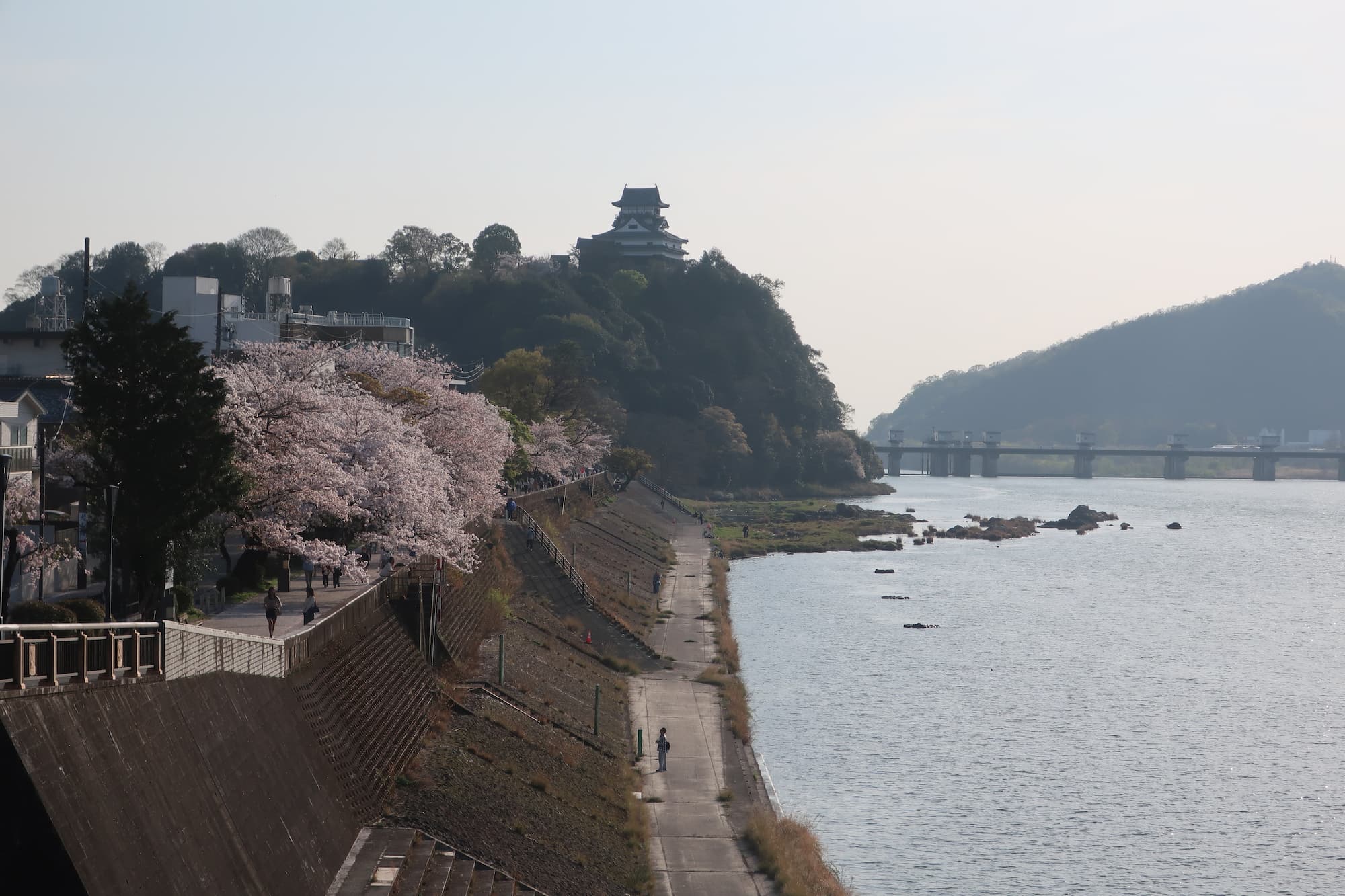When traveling to another country, one of the biggest concerns is how it differs from your home country. Some visitors to Japan may wonder whether Japan observes daylight saving time (DST).
Some countries use DST, while others do not. There are also countries that once had it but no longer do. Because daylight saving time policies vary by country, it’s natural to be curious about Japan’s approach.
In this article, we’ll explain Japan’s stance on daylight saving time and highlight important things to keep in mind when dealing with time changes.
Japan Does Not Observe Daylight Saving Time
Japan follows the same standard time (UTC+09:00) throughout the year.
Many European countries observe daylight saving time (DST), so you might assume Japan does too. However, Japan does not use DST.
After World War II, Japan underwent many policy changes, including the introduction of daylight saving time. However, it was only in effect for a short period from 1948 to 1951.
As a result, Japan does not observe daylight saving time today and remains on the same UTC offset (UTC+09:00) year-round.
Things to Keep in Mind About Japan Not Using Daylight Saving Time
If you live in a country that observes daylight saving time (DST), the time difference between your country and Japan will change between summer and winter. This is because DST moves the clock forward by one hour during the summer months.
Time Zone Comparison:
- Japan: UTC+09:00
- London (Standard Time): UTC+00:00
- London (Daylight Saving Time): UTC+01:00
For example, Japan follows UTC+09:00 year-round, while London operates on UTC+00:00 during winter. This means the time difference between Japan and London is 9 hours in winter. However, when DST is in effect and London shifts to UTC+01:00, the time difference shortens to 8 hours.
If you’re planning meetings, flights, or virtual calls with Japan, be mindful of these seasonal changes in time differences!
Daylight Saving Time in Countries Near Japan
Currently, no Asian countries near Japan observe daylight saving time (DST). However, some parts of Australia and all of New Zealand in Oceania do. As a result, Japan’s time difference with other Asian countries remains constant throughout the year, while its time difference with certain regions in Oceania shifts during DST.
For reference, the countries that share the same standard time as Japan (UTC+09:00) include South Korea, North Korea, Palau, and Timor-Leste, meaning there is no time difference between them. Additionally, some regions of Russia and Indonesia also follow Japan’s time zone.
Sunrise and Sunset Times in Nagoya
In many European countries, not only do the days get longer in summer, but the clocks also move forward by one hour due to daylight saving time. This means sunset occurs even later in the evening.
So, what about Japan, where there is no daylight saving time? Below, we provide the sunrise and sunset times for Nagoya, a city located in the center of Japan, throughout the year. You’ll notice that even in summer, the sun doesn’t set as late as it does in some European countries. Likewise, winter sunsets are not as early as you might expect.
Display the time for the 1st of each month
| Month | Sunrise | Sunset |
|---|---|---|
| January | 07:00 | 16:51 |
| February | 06:51 | 17:21 |
| March | 06:22 | 17:48 |
| April | 05:39 | 18:13 |
| May | 05:01 | 18:37 |
| June | 04:39 | 19:01 |
| July | 04:41 | 19:10 |
| August | 05:01 | 18:55 |
| September | 05:24 | 18:19 |
| October | 05:47 | 17:35 |
| November | 06:13 | 16:58 |
| December | 06:42 | 16:40 |
